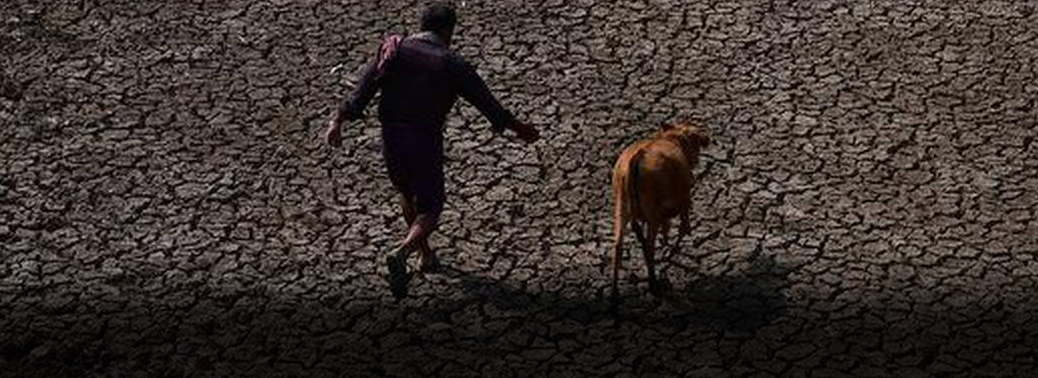Sunstroke claims three lives in Kerala
25, Mar 2019

Sunburn marks were reportedly found on the men, but autopsy reports are awaited to ascertain the cause of death.
Though a third death reportedly due to sunstroke was reported from Pathanamthitta, it was not conformed.
Sunburn
It is a form of radiation burn that affects living tissue, such as skin, that results from an overexposure to ultraviolet (UV) radiation, commonly from the sun.
Common symptoms in humans and other animals include red or reddish skin that is hot to the touch, pain, general fatigue, and mild dizziness.
An excess of UV radiation can be life-threatening in extreme cases. Excessive UV radiation is the leading cause of primarily non-malignant skin tumors.
Sunburn is an inflammatory response in the skin triggered by direct DNA damage by UV radiation.
When the skin cells’ DNA is overly damaged by UV radiation, type I cell-death is triggered and the skin is replaced.
What is a heatwave?
The Indian Meteorology Department (IMD) defines a heatwave as an excess of five to six degrees C over the maximum daily temperature (over a 30-year period) of less than 40 degree C or an excess of four to five degree C over a normal historical maximum temperature of over 40 degree C.
- The IMD declares a heat wave when the actual maximum temperature is above 45 degree C.
How heat waves are formed?
- Heatwaves are caused by a system of higher atmospheric pressure, whereby air from upper levels of the atmosphere descends and rotates out.
- As it descends, it compresses, increasing the temperature.
- The outward flow, meanwhile, makes it difficult for other systems to enter the area, and the large size and slow speed of the hot air causes the heat wave to remain for days or even weeks. The longer the system stays in an area, the hotter the area becomes. The high-pressure inhibits winds, making them faint to nonexistent.
- Because the high-pressure system also prevents clouds from entering the region, sunlight can become punishing, heating up the system even more.
- The combination of all of these factors come together to create the exceptionally hot temperatures we call a heat wave.






